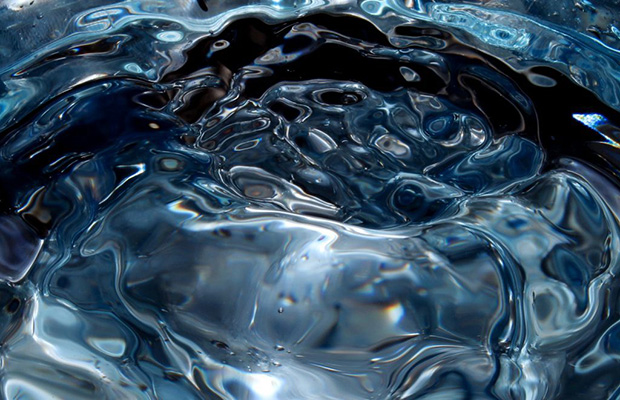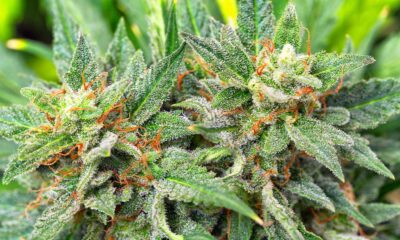
Joint Opinions
The Real Danger in Your Water Isn’t THC
The term red herring defines something that is being used to mislead people and misdirect their attention from important issues to less relevant ones. With this in mind, I propose the cannabis industry adopt the term “green herring” to define to the many fallacies lobbed against it an an effort to hold back the tide of legalization. This term came to mind when reading recent reports of a small Colorado town where police field tests allegedly turned up trace amounts of THC in the town’s water supply, and warned residents not to drink, cook, bathe, or even let their pets drink the water.
This claim was always dubious because THC — and as current science stands, all cannabinoids — are hydrophobic, meaning they do not mix into water easily, or really at all. They do, however, mix very well with fats (hence cannabutter, oils, etc).
As it turns out, those preliminary field tests in Colorado were completely wrong and were used as a scare tactic. Scare tactics surrounding marijuana are common, such as when a SWAT team raided the home of two former CIA analysts because a field test found THC in loose leaf tea found in their garbage. And loose leaf tea isn’t all, a short list of things drugs tests have mistaken for drugs includes “sage, chocolate chip cookies, motor oil, spearmint, soap, tortilla dough, deodorant, billiards chalk, patchouli, flour, eucalyptus, breath mints, Jolly Ranchers and vitamins.” Seeing the utterly illogical list of things that field drug tests have misidentified it is really not that surprising that authorizes think they found THC in the water.
While a few preliminary field tests for THC were enough for police in Colorado to immediately tell residents to not use their tap water in any way, if you look to Flint, Michigan, you will see a radically different story playing out over the past two years. For those who have not been paying attention to the Flint Water Crisis, here is a brief synopsis. It all began in April 2014, when the city switched over to getting their water from the highly corrosive Flint River, rather than receiving treated water from Lake Huron and the Detroit Rivers. While the water from the Flint River was also treated, the city did not adequately control for the corrosive effects and the water corroded the lead pipes, leading to thousands of children being exposed to unsafe levels of lead, and potentially contributing to an outbreak of Legionnaire’s Disease that has already killed 10 people and affected dozens more. The first signs of serious problems with water quality came from a General Motors plant in Flint needing to switch to a new source of water in October 2014, months after the switch to the Flint River water, because the water was corroding car parts. An independent test done by Virginia Tech in April 2015, found lead parts-per-billion (ppb) at 13,200, more than twice the level where it is considered hazardous waste.
Flint residents were lied to by members of government about the quality and safety of their water. To date four government officials have resigned and nine are being indicted. It took the intensive efforts of a group of politically active citizens, an investigative journalist, a university professor and the American Civil Liberties Union, among others, to bring the corruption in Flint to light. It also took over a year for residents to truly know that their water was not safe and the government still tried to downplay the findings.
Lead in Flint’s water is just one part of the over-arching issue of water purity. What’s not often addressed is how common pharmaceuticals are in our water. According to the World Health Organization, “the ubiquitous use of pharmaceuticals (both prescribed and over the counter) has resulted in a relatively continuous discharge of pharmaceuticals and their metabolites into wastewater.” While some studies have found the presence of pharmaceuticals in tap water, “the concentrations of these compounds were very low, usually less than 10 nanograms per liter, which is parts per trillion.” PBS notes that, “for reference, one part per trillion is equivalent to about one second in 64 years.” While pharmaceuticals in the water are a problem, they clearly aren’t even in the same ballpark as the lead poisoning in Flint, especially given the government cover-up. The problem is getting worse though, more recent research sheds light on the possibility of more pharmaceuticals in the water than previously thought, finding several drugs with levels above 1 ppb.
The recent focus on THC in the water supply is a green herring and a mere distraction from much more meaningful issues, such as the corruption and corrosion in Flint and ubiquitous pharmaceuticals we all ingest with every sip of water we take.
Do you agree? Was the alleged presence of THC in the water a distraction from more meaningful issues? What are those issues for you?


























